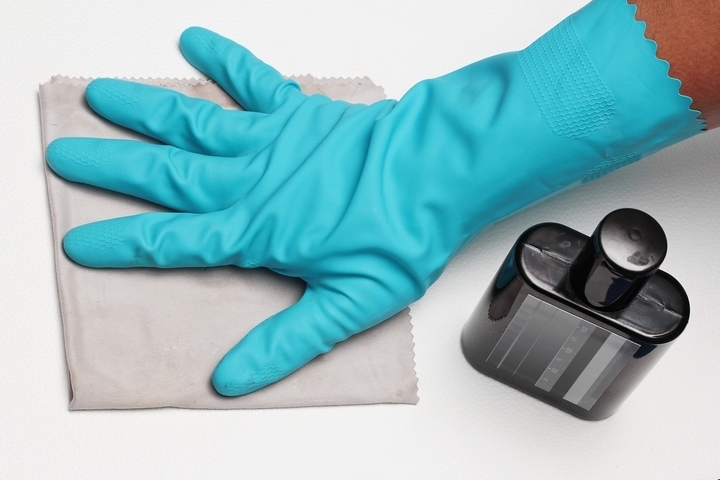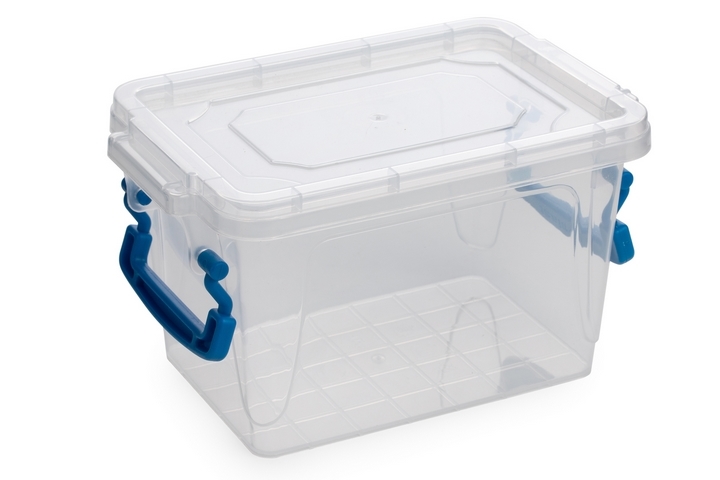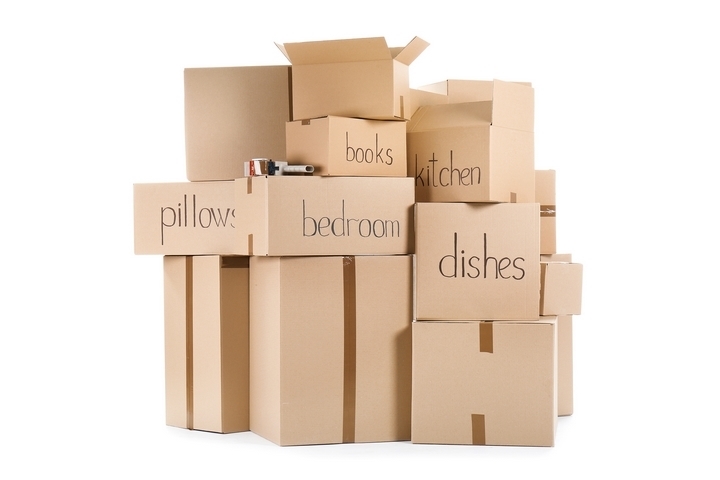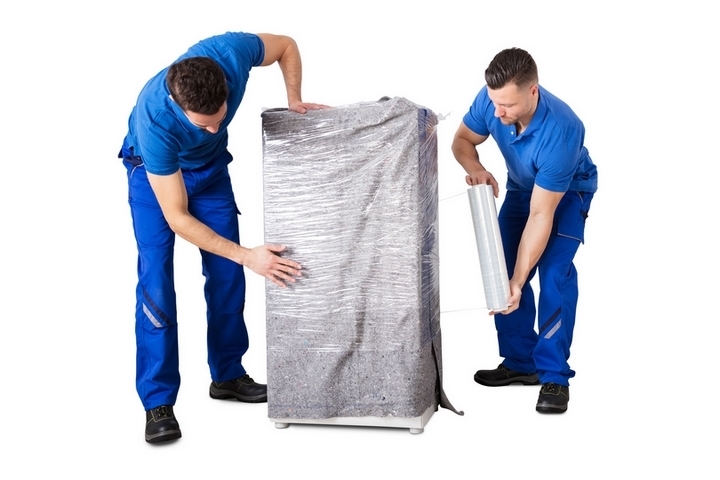
A new season can bring many pleasant changes around the house, which includes new furniture pieces and fresh interior decorations in your living space. During this house makeover, you may be left with some older seasonal items that are no longer in use. These items tend to accumulate rather quickly. It might not take long before your house is packed with leftover clutter from the previous season.
With every new season, you should make a habit of putting certain seasonal items into storage. These could be warm clothes for the spring, pool supplies for the summer, or snow equipment for the winter. Since you won’t need the items for the rest of the year, storing them will improve your organization and free up space around the home. Plus, this can protect your belongings from any natural wear and tear.
We prepared a guide on how to pack up a house for storage each season. Whether it is spring, summer, autumn or winter, these following tips can help you prep and pack up the clutter in your home.
Tip #1: Create an inventory of your items.

Start by creating an inventory of all the seasonal items that you intend to pack for storage. An inventory makes it easier to keep track of everything in an organized way. If you have an inventory list, you will remember what you put in the storage unit and whether you forgot any items. Keep one copy of the inventory for yourself and leave a duplicate copy in the storage unit. This ensures there’ll always be a handy inventory document whenever you need it.
As you are creating the inventory list, carefully consider whether you need to store an item before putting it into storage. This is important since the more items you store, the more storage space you will need. You also want to avoid a situation where you mistakenly put an essential item into storage. As a rule of thumb, try to avoid storing items that you use on a regular basis in every season.
Tip #2: Research the storage restrictions.

It can be frustrating when you are finished with all the packing, only to discover that you accidentally store a few items that are explicitly forbidden. To prevent this mistake, do some research on the restrictions of your storage service. If you aren’t sure, simply ask for the rules and regulations. In most cases, the storage facility will provide a list containing the restricted items.
Some of the forbidden objects may include fertilizers, chemicals, fireworks, propane tanks, and gasoline. If the item is flammable, you probably won’t be allowed to store it in the storage unit. Some plants and perishable foods are also not allowed either.
Tip #3: Clean the belongings before packing.

When you take certain items out of storage, you may sometimes notice that it comes with a stinky and musty scent. You can avoid this by thoroughly cleaning or washing the items before they go into the storage unit. If the items are clean, this will reduce the chances of emitting a lousy smell after months of storage.
The cleaning process will vary case by case. In general, use an all-purpose cleaning spray to wipe all the surfaces, vacuum the fabrics, and clean the large fixtures with disinfectant wipes.
Tip #4: Use clear plastic bins instead of boxes.

If possible, place your storage items in clear plastic bins. This allows you to see what is packed inside each container without having to open it. You will appreciate the transparency when you need to search and locate a specific item in the future.
Tip #5: Label your boxes clearly.

Whether you are using plastic containers or cardboard boxes, you should make a habit of labelling everything. If you have packed a lot of boxes, these labels can be helpful for identification purposes.
Depending on your needs, the labels can be simple or specific. For seasonal items, you may want to label the boxes that correspond to the respective season, such as “spring items” or “winter supplies”. Just make sure the text is written in legible font. If you have messy handwriting, use printed labels to ensure everything is marked clearly.
Tip #6: Wrap your appliances.

Certain appliances, such as your barbecue grill, should be wrapped in foam or bubble wrap to protect them from damage. You should also secure any loose parts with tape or rope. When storing appliances like a fridge or a dishwasher, leave the doors slightly open to prevent the buildup of mildew and moisture.
Tip #7: Safeguard the items from environmental conditions.

After months of storage, your stored items may develop a combination of moisture, dust, mould, and mildew. These contaminants could be significantly reduced inside a climate-controlled storage facility. However, you should take extra precautions and safeguard your belongings from these environmental conditions.
First, use a clean cloth and make sure all the items are dry. Next, apply protective spray on leather goods and furniture. Make sure all the boxes are sealed tightly to prevent moisture from seeping in. For cords and electronics, store them in plastic bags to prevent moisture damage. Clothing should be packed in wardrobe boxes or zipped inside garment bags. Finally, furniture should be covered to avoid dust from gathering.
Do you need packing assistance or additional storage space for your house? Hudson Movers provides professional packing and storage solutions with many decades of trusted experience. Our premises offer 50,000 square feet of secure storage facilities. Contact Hudson Movers for a free no-obligation quote about our services.
